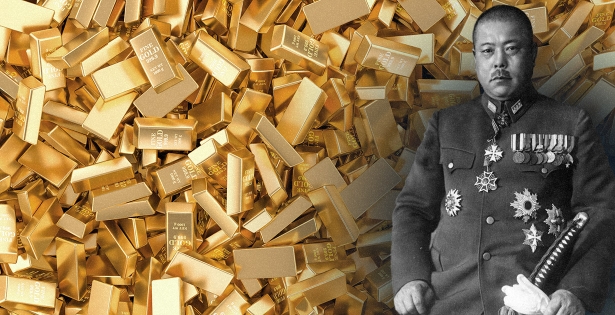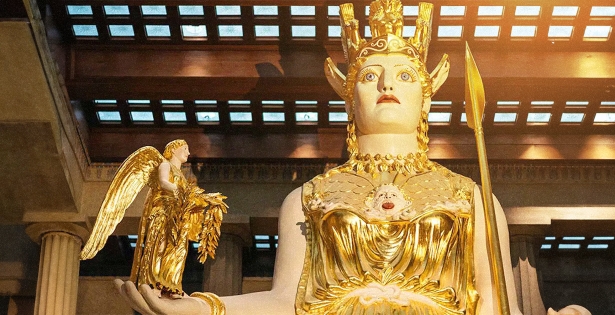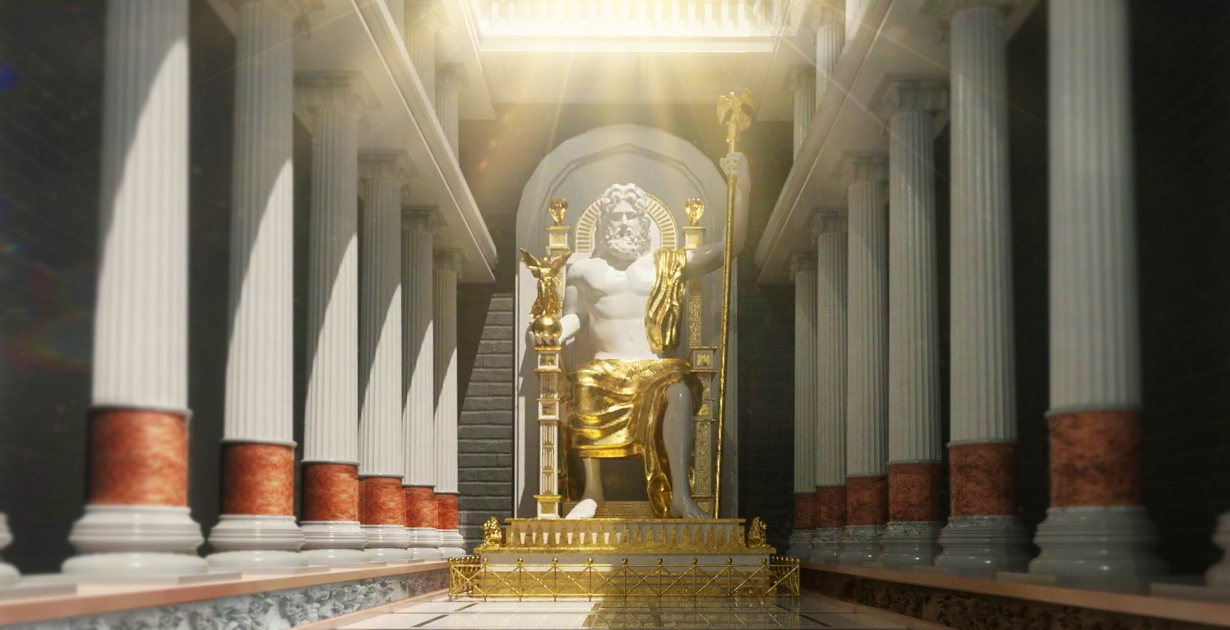
Gold of Olympia: secrets of the marble temple of Zeus
Average reading time — 3 minutes
Temple of the supreme god
The god of the sky, thunder and lightning enjoyed great respect among the people. He was worshiped, the Olympic Games were held in honor of the great Thunderer, and in 470 BC., funds were raised for the construction of the temple of the main of the Olympian gods.
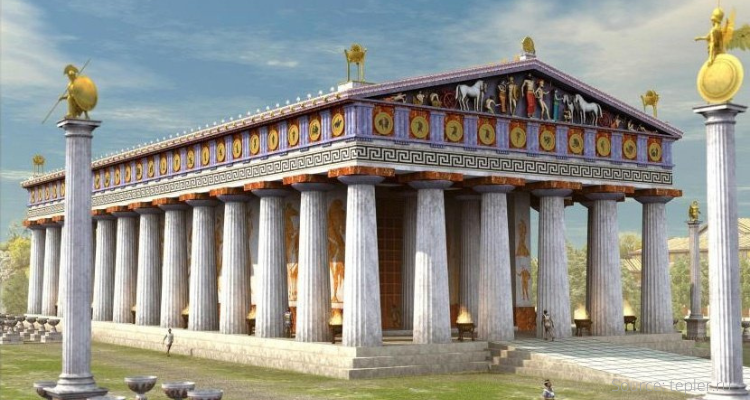
In the photo: it took ten years for the residents of Olympia to erect the marble temple.
Upon completion of the construction, the inhabitants of the city turned to the famous ancient Greek sculptor Phidias with a request to create a statue of Zeus. The skills and talent of the Athenian architect were colossal; the craftsmanship of the great sculptor is still considered the best among the representatives of the classical style. The most famous works by Phidias were made in the chryselephantine technique, using the precious metal and ivory.
Cicero wrote about the greatest master:
“When he created Athena and Zeus, there was no earthly original in front of him, which he could use. But that prototype of beauty lived in his soul, which he embodied in matter…”
Golden Statue of Zeus at Olympia
Phidias personally evaluated all the material with which he had to work. He meticulously checked the quality of ivory and precious stones. There is a legend that the 200 kilograms of gold needed to cover the sculpture were carefully guarded.
In the work “Description of Greece”, ancient Greek writer Pausanias paid attention to the smallest details of the sculpture. Phidias depicted the Thunderer on a gilded throne. The goddess of victory, Nike, was placed on the right hand of the chief-god. In his left hand, Zeus held a precious scepter, supporting an eagle. The cloak and shoes were also made of the yellow metal; the sculptor depicted animals and lilies on the clothes of the supreme god.
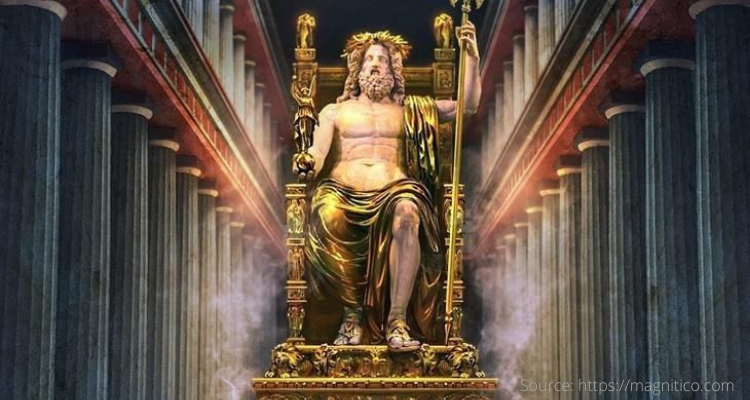
In the photo: the statue of Phidias was called one of the Wonders of the Ancient World. The figure of Zeus, 12 to 17 meters high (according to various sources), was carved from ivory and decorated with gold.
Meeting with Zeus
The most important event took place in 435 BC. The legend is that the people present at the opening ceremony were stunned by what they saw. People were struck by the power of Zeus, his eyes sparkled with fire. Bright rays emanated from the statue of the supreme god. Phidias took into account all the nuances and, in order for the sculpture to shimmer with sun glare, he gave the order to build a reservoir which was used as a reflecting pool. Olive oil was gradually poured into the water, the rays of light were refracted, helping the giant seated figure to shine with divine light.
The monumental sculpture was so realistic that it was rumored that Zeus himself descended from heaven and blessed the work of Phidias.
The statue survived the earthquake and was restored, later it got damaged during the raids, but remained intact. The latest information about gold sculpture was recorded by the monk George Kedrenos from Byzantium. According to him, the statue, transported by that time to the Palace of Lausus, in Constantinople, burned down in 475. There is another unconfirmed theory that a fire destroyed the masterpiece of Phidias in 426.
Read also the article:
